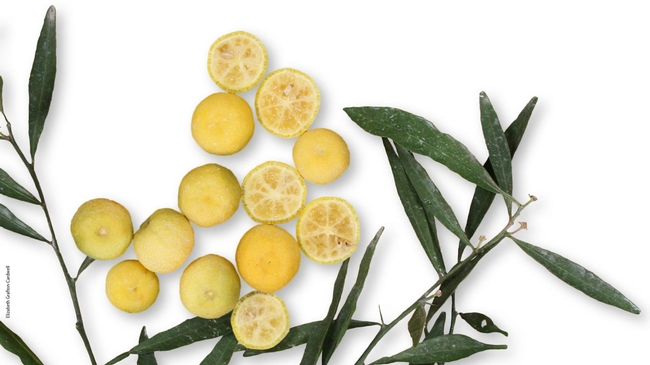Three old trees might save the citrus industry
Three citrus trees that produce inedible fruit at the UC Lindcove Research and Extension Center in Visalia may be a game-changer for the citrus industry, reported Ezra David Romero on Valley Public Radio.
The trees are thought to be resistant to huanglongbing, a severe disease of citrus that has devastated the Florida industry and could become a serious problem in California. The citrus-saving potential of the three 34-year-old trees was outlined in an article by UC Agriculture and Natural Resources writer Hazel White in the most recent issue of California Agriculture journal.
UC Riverside citrus breeder Mikeal Roose collected seed from the trees and will test seedlings as soon as they are large enough.
"So what (breeders) have to do is cross this with some edible varieties and eventually create something that has the gene for resistance, but also the genes for good fruit," said Beth Grafton-Cardwell, Lindcove director and research entomologist.
Huanglongbing disease has cut citrus production in Florida by more than half. It's been found in residential citrus trees in Southern California, but hasn't reached the state's vast commercial orchards yet. Grafton-Cardwell said she expects the disease will arrive in 4 or 5 years.


Posted by Stan on February 24, 2017 at 9:45 PM